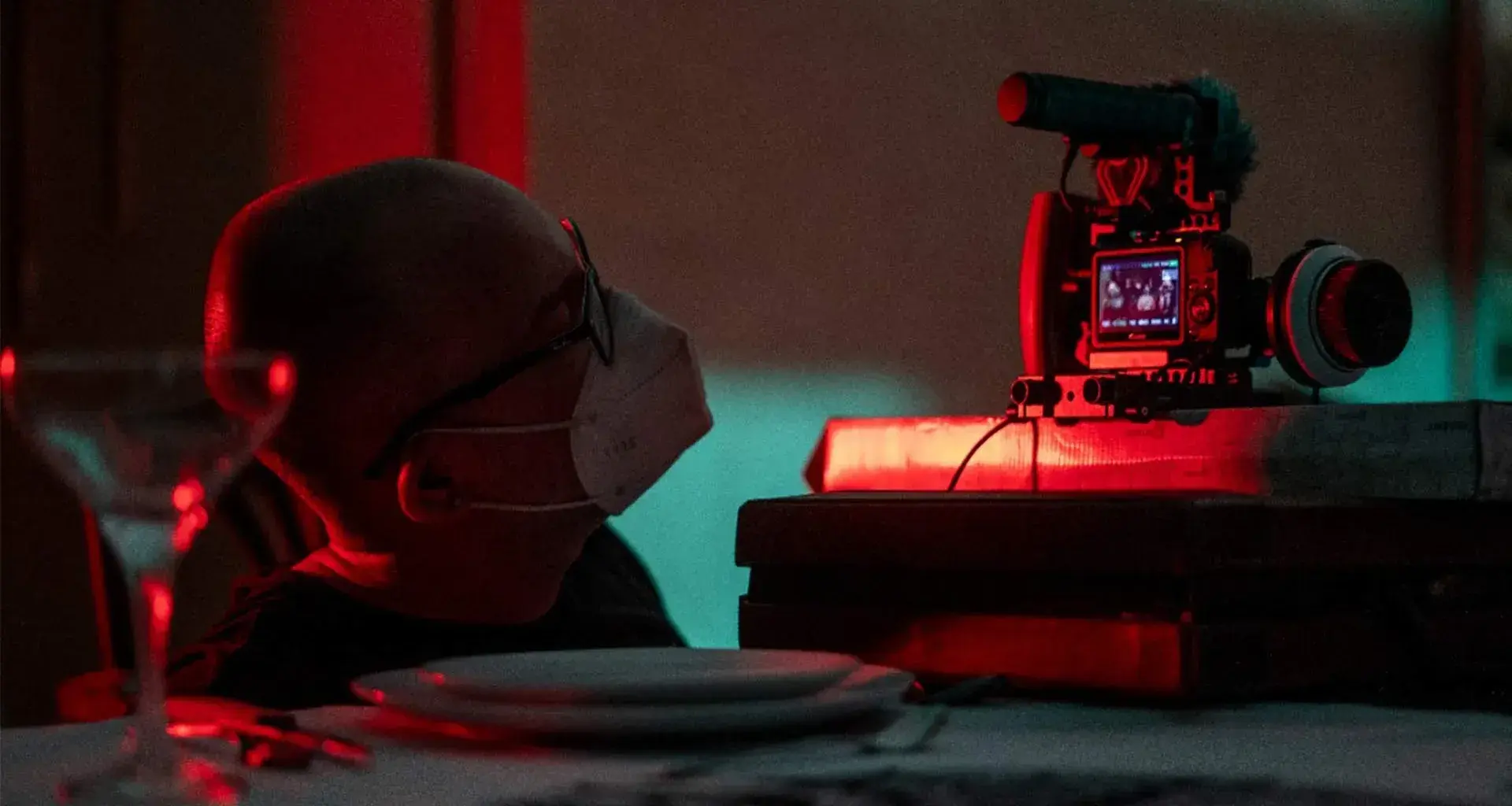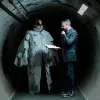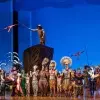Tec professor Luis Fernando Franco is on the shortlist of the International Music Video Awards (IMVA) festival for directing the music video “Hyenna.”
The aim of the festival is to showcase new talent and give people a platform to promote their work to an international audience.
Some of the criteria for the award stipulate that the work be original, new, and not shown before.
Luis Fernando, known as Lu Franco to the North Sonora campus community, shared with CONECTA the creative process he went through in making the music video that received this honor.
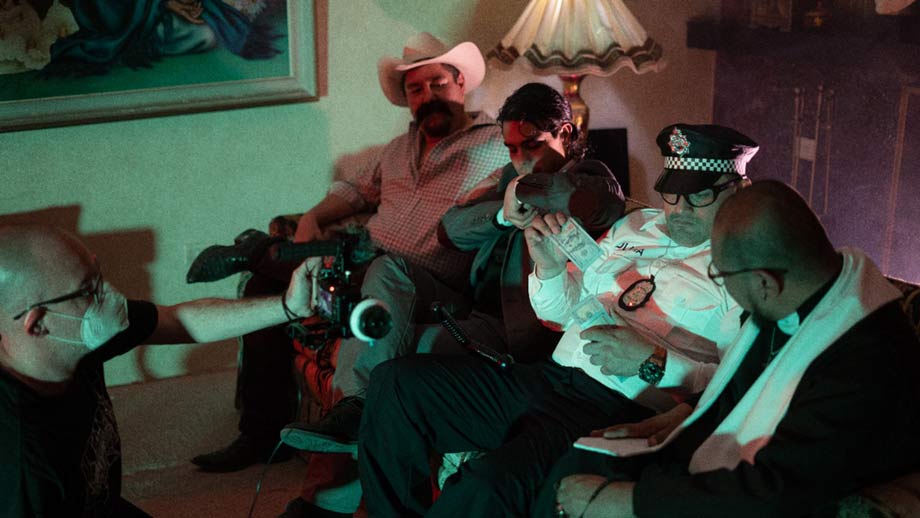
The power of creating a narrative
The professor explained that he shares credit on this project with the band’s vocalist, Jaime Bernal, who sought him out during 2020 to work together on an initial idea.
The video was recorded at two locations in the city of Hermosillo, Sonora. One of them was in a house from the ‘70s that preserves its design and served as inspiration for the music video’s story.
“After seeing the location, the band members decided to go with the ‘70s vibe of the house’s design and then came up with some ideas to create a very visual video.”
One of the most important steps the professor took when signing on to direct Hyenna was to give it a twist and make a video that wasn’t just images but one with a narrative.
“Personally, I wanted to make something with a narrative. It seemed to me that the setting of the house, the characters, and the scenes were a backdrop for creating a story.”
He also said that the most challenging thing about this project was conceptualizing the video and making the ideas work.
“Although writing the script for the story was a challenge, it was also a challenge applying concepts such as semiotics, abstraction, and graphic synthesis, subjects I look at in class with students.”
The professor added that all the characters have individual features which are visually represented in the story, based on certain Mexican stereotypes and clichés.
He explained that the biggest task was developing a profile of the characters and researching them, finding their most common characteristics and the failures they represent to society.
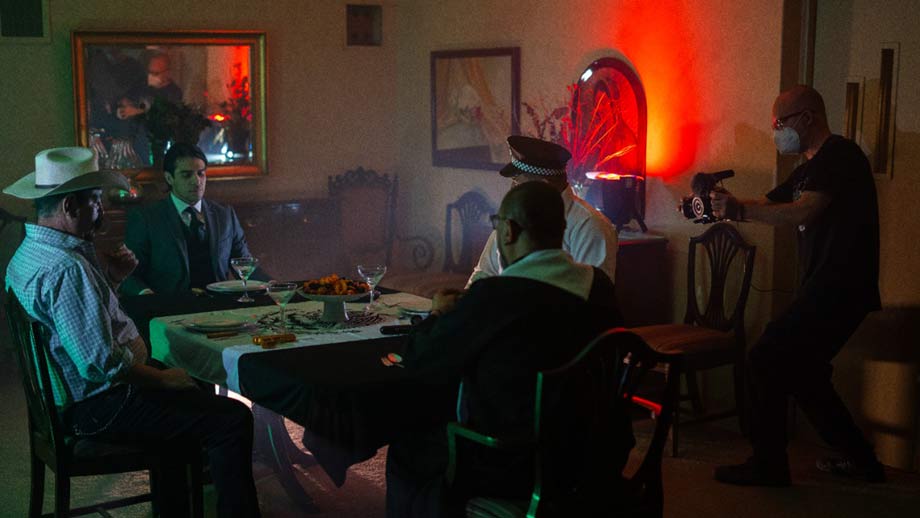
The path to the final product
Lu explained that they spent between 8 and 10 hours continually recording in the first location, which was the house they were inspired by, and 3 hours in a studio where the band gave a performance for the video.
When it came to editing and post-production, he said that it took about 3 to 4 weeks and that one of the programs used for editing and color correction was DaVinci Resolve, popularly used in Hollywood productions.
“It was a very steep learning curve in every way, and I had to assume a level of leadership within the team.”
“It was a very steep learning curve in every way, and I had to assume a level of leadership within the team.”
Another one of the challenges facing the professor was getting out of his comfort zone in terms of music and narrative styles.
“Although my style is different, it’s something we have to do as communicators. Working within our professional ethics and principles, we can adapt to the client’s needs,” he added.
He also explained why he made the decision to participate in this festival instead of in a national or Latin American one.
“In the case of certain film festivals in Mexico, they don’t consider music videos within the scope of narrative representation yet. It’s something that’s only just beginning to be seen at international festivals.”
Lu Franco concluded with a message for young people who are interested in pursuing creative careers.
“The first thing is to get up and do it. There’s so much hands-on learning that, no matter how much we see it in a classroom, if we don’t do it, the learning process will take longer.”
The IMVAs will be held in the city of London on December 21, 2021.
READ MORE:

